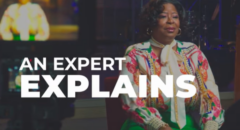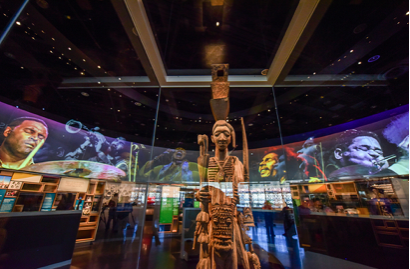
When I saw our first Black president Barack Obama, Oprah Winfrey, and Will Smith stand proudly outside of the momentous five-story monument, I knew that I wanted to feel that same sense of pride. As a frequent museum-goer, it had been on my list since the day it opened.
During a recent trip to New York City, I finally had the time to take the four-hour drive to Washington, D.C., and enjoyed every moment of it. On a rainy, gloomy and cold day, I entered the museum with light, hope, and warmth filled in my soul. Much to my surprise, I left with so much more.
Check out these five things The National Museum of African American History & Culture (NMAAHC) did for me and my self-esteem:
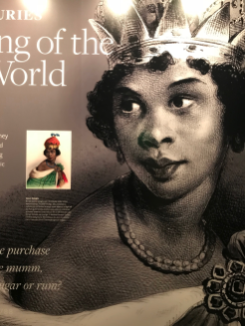
Uplifted A Rich African Heritage
I knew about a time before slavery, but growing up it was something you had to seek out. It wasn’t readily available in our daily history books or even in our school libraries. The NMAAHC put the facts front and center.
Discovering that many of our ancestors were a part of empires of Black kings and queens who depended on each other as a community in every way imaginable was eye-opening. From trading, craftsmanship, cultivating water systems, languages, writing, religions, traditions, kinship and morality, Africa is where it all started. I learned about empires in the Kongo ruled by Black queens and the sacrifices many had to make to avoid enslavement. It gave me a closer connection to my African heritage.
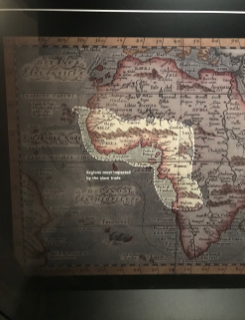
Highlighted the Strength of Our Ancestors
The transition into enslavement was depicted in the most realistic settings I have ever encountered. The museum took the time to tell the story of individuals who were sold into slavery and taken overseas into an unknown world. As you walk through the exhibit, cries outpour from the darkness of fear, uncertainty, illness, confinement, and torture.
At sea for months on end, each ship consistently showed record numbers of how many slaves died or committed suicide from the Atlantic Slave Trade without ever touching foot in America.
When I saw that on average, less than half of the slaves made it on each ship, I knew that was telling. For my great, great, great, great ancestors to be so resilient, mentally tact, and physically enduring to make it all the way to America against their will and live through it, it spoke bounds to me.
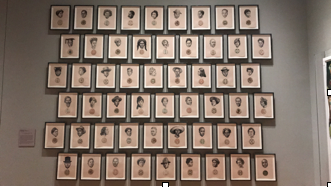
Embraced Diversity Within Our Own
As I moved throughout the museum, I couldn’t help but notice the diversification within our own culture. There’s a history of








